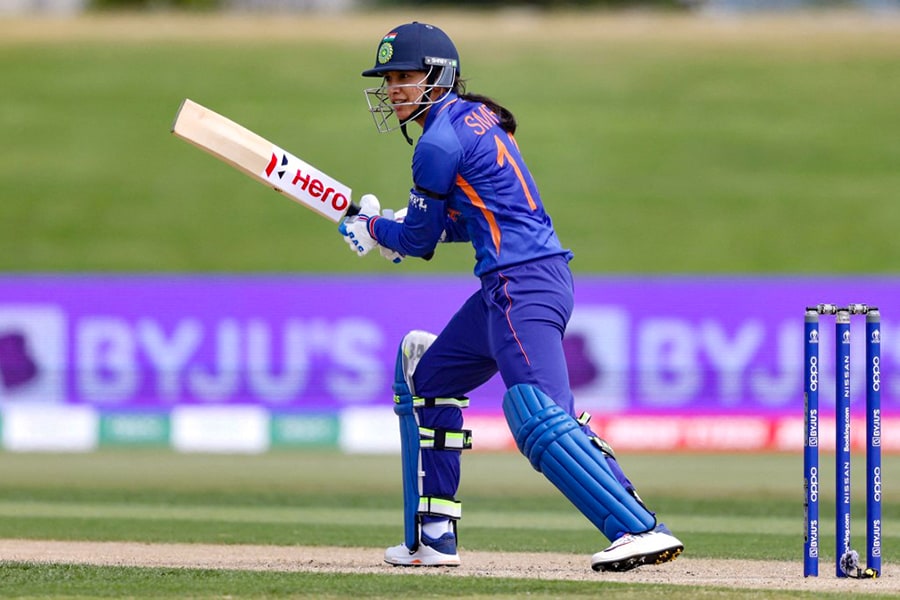
Storyboard18 - 'Brands are not investing in women's cricket, they're investing in select cricketers'
As the 2022 ICC Women's Cricket World Cup kicks off, here's where the sport and players stand in marketers' game plans
 India's Smriti Mandhana plays a shot during the Round 1 Women's Cricket World Cup match between India and Pakistan at Bay Oval in Tauranga on March 6, 2022.
Image: Michael Bradley/ AFP
India's Smriti Mandhana plays a shot during the Round 1 Women's Cricket World Cup match between India and Pakistan at Bay Oval in Tauranga on March 6, 2022.
Image: Michael Bradley/ AFP
On March 6, a clip of the Indian women's cricket team playing with Bismah Maroof's baby daughter Fatima went viral. Maroof is the captain of Pakistan's women’s cricket team. This happened right after the women in blue defeated their arch-rival Pakistan by 107 runs in the maiden match of the ICC Women’s Cricket World Cup 2022 at Bay Oval in New Zealand.
Netizens appreciated the players putting aside their rivalry for a moment of camaraderie and cuteness.
Strange that brands didn’t jump on this moment for topical advertising. But many would also be relieved that this moment was left alone by brands.
The general communication themes that brands are following to cheer the players this time around are passion and resilience. For instance, Star Sports, the official broadcaster of ICC events and Indian Women’s home tours, for its latest campaign #HamaraBlueBandhan stitched together clips of everything from Smriti Mandhana and Mithali Raj smashing sixes to Jhulan Goswami chasing for big wickets.
After the team lost in the 2017 edition of the ICC Women’s World Cup, all eyes have been on them and marketers see great potential in leveraging the players for reach and influence. Now it’s a question of intent converting to action.







